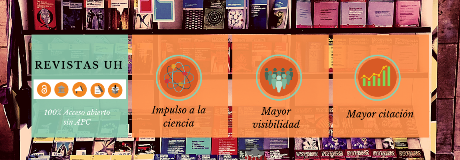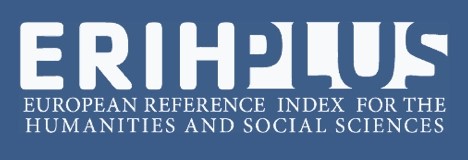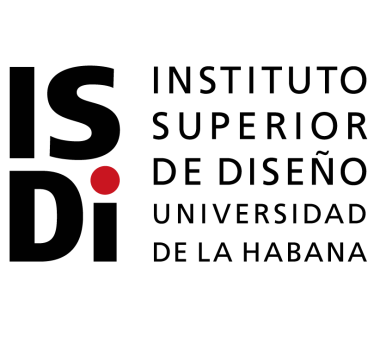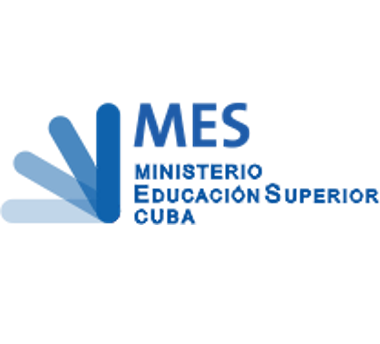Nanoproducts and industrial design: environmental opportunities and risks
##plugins.themes.bootstrap3.article.main##
Abstract
Nanoscience and Nanotechnology are experiencing rapid development that covers all spheres of human activity, including industrial design. There are nanoproducts with superior performance than conventional products that open new possibilities for design projects with a reduction in environmental impact. Products based on nanomaterials also contribute to the conservation of the environment in vital issues such as air or water pollution. However, along with these benefits offered by nanotechnology, there are risks that threaten both the environment and the health of living beings, including humans. The present work shows this connection of advantages and disadvantages and some of the measures to evade potential dangers.
##plugins.themes.bootstrap3.article.details##
As of Volume 11, Issue. 21, corresponding to the year 2024, this CC BY-NC 4.0 license replaces the one used in previous issues, namely CC BY-NC-SA 4.0

This work is licensed under a Creative Commons Attribution-NonCommercial 4.0 International License.
- Attribution — You must give appropriate credit , provide a link to the license, and indicate if changes were made . You may do so in any reasonable manner, but not in any way that suggests the licensor endorses you or your use.
- NonCommercial — You may not use the material for commercial purposes .
- No additional restrictions — You may not apply legal terms or technological measures that legally restrict others from doing anything the license permits.
- ShareAlike — If you remix, transform, or build upon the material, you must distribute your contribution under the same license as the original. NOTE: This point applies to numbers 1 to 20 of the magazine with the previous CC-BY-NC-SA 4.0 license. Does not apply to the new CC BY-NC 4.0 license from Volume 11, Number. 21 (2024).
References
Barrueta N. & Berazaín A. (2016). Una revolución en el diseño y la ingeniería: nanomateriales. A3manos. Revista de la Universidad Cubana de Diseño, 05, pp.74 –90.
Cheang J. C. (2006). Nanotecnología: ¿hacia dón-de nos lleva? Ponencia presentada en el I congreso iberoamericano de Ciencia, tecnología, sociedad e Innovación, Palacio de la Minería, México.
Cruz M. S. (2023). Nanotecnologías que contribu-yen en la mitigación de la contaminación atmos-férica. Consejo de Ciencia y Tecnología de Puebla (CONCYTEP), México.
NANOCLEAN Professional Disinfection Tool Gun For Cleaning Car AC Remove Smell. Disponible en: https://www.nanoclean-air.com/en/nanoclean-ready-to-use/
Delgado G. C. (2006). Riesgos ambientales de la nanotecnología: nanopartículas y nanoestructu-ras. Revista de Ciencias Ambientales (Tropical JournalofEnvironmentalSciences), 31 (1), pp.34-39.
DeSalin. Limpiador especial para residuos de ce-mento y sales. Disponible en: https://www.dimarqconstructores.com.mx/nanophos/desalin/desalin-c/.
Desdín L. F., Alonso a., Álvarez A., Díaz A., Ferro R., Soguero D., García L. &Darias J. G. (2014). Na-noseguridad. La Habana, Editorial Científico-Técnica.
Díaz J. C., González M. A., Villarreal M., Lobo H., Rosario J., Gutiérrez G., Briceño J. & Díaz S. (2014). La revolución de lo nano. Rev. Electr. Quimer@, 2(1) pp. 5-13.
Findik F. (2021). Nanomaterials and their applica-tions. Periodicals of Engineering and Natural Sci-ences (9) 3, pp. 62 – 75.
Goddard W. A., Brenner D. W., Lyshevski S. E. & Iafrate G. I. (2003). Handbook of NanoScience, Engineering and Technology. Boca Ratón, EEUU, CRC.
Gómez M. (2018). Nanomateriales, nanopartícu-las y síntesis verde. Repertorio de Medicina y Ciru-gía, 27, 2, pp.75-80.
Gómez V. (2016). Nanotecnología + Prevención = Nanoseguridad. Disponible en: : https://www.researchgate.net/publication/294580050_NANOTECNOLOGIA_PREVENCION_NANOSEGURIDAD
González G. H. (2021). Riesgos materiales nanoes-tructurados. Disponible en: https://www.researchgate.net/publication/351915590_Riesgos_materiales_nanoestructurados
Herrera Y. & Michelena G. (2023). Nanotecnología aplicada al tratamientode aguas residuales. Icid-ca sobre los derivados de la caña de azúcar, 57, 1, pp.65-68.
Jiménez R., Ramírez A. D., Orozco J. A. & González M. (2024). Biosíntesis de nanopartículas de plata con actividad antimicrobiana por Pseudomonas aeruginosa ambiental. Mundo Nano Revista In-terdisciplinaria en Nanociencias y Nanotecnolo-gía 17,32, 1e-13e.
Maxspect Nano-tech Bio Ceramic Ball Media. Disponible en: https://www.amazon.com/Maxspect-Nano-Tech-Bio-Spheres-BIOLOGICAL FILTRA-TION/dp/B07BFHXSJ1
Mendoza C. F. & Meraz L. (2012). Hacia la nanociencia verde: nanomateriales, nanoproduc-tos y nanorresiduos. Materiales Avanzados, 19, pp.39 – 41.
Molina C. & Berazaín A. (2024). Potencialidades de los nanoproductos en proyectos de diseño in-dustrial. A3manos. Revista de la Universidad Cu-bana de Diseño, 21, pp.1 –7.
MotoShield Pro. Disponible en: https://www.amazon.com/-/es/MotoShield-Pro-cer%C3%A1mica-precortado-veh%C3%ADculos/dp/B07DWHW6VB
NANOCLEAN Professional Disinfection Tool Gun ForCleaning Car AC RemoveSmell. Disponible en: https://www.nanoclean-air.com/en/nanoclean-ready-to-use/.
Nanocyl. NC7000™. Disponible en: https://www.nanocyl.com/product/nc7000/
Nano-phos Phosphate Remover. Disponible en: https://www.amazon.com/Lonza-Nano-Phos-Phosphate-Remover-Tablets/dp/B082LS44V7.
Saldívar L. (2024). El principio de precaución ante los posibles riesgos de la nanotecnología y sus derivados. Mundo Nano Revista Interdisciplinaria en Nanociencias y Nanotecnología17,33, 1e-32e.
Srivastava S. & Bhargava A. (2016). Green Nano-technology. Journal of Nanotechnology and Mate-rials Science, 3, 1, pp.17-23.
Sifontes A. (2014). Biosíntesis de nanomateriales: hacia el avance de la nanotecnología verde. Mun-do Nano RevistaInterdisciplinariaenNanociencias y Nanotecnología, 7 (13), pp.56-68.
The Royal Society & The Royal Academy of Engi-neering (2004). Nanoscience and nanotechnolo-gies: opportunities and uncertainties. London: The Royal Society.
Urquilla A. (2019). Impacto de la nanotecnología como revolución industrial a nivel mundial. Real-idad y Reflexión, 19(49), pp. 66 – 78.
Vollath D., (2013). Nanomaterials. An Introduc-tion to Synthesis, Properties, and Applications (Second Edition). Weinheim: Wiley-VCH.

























